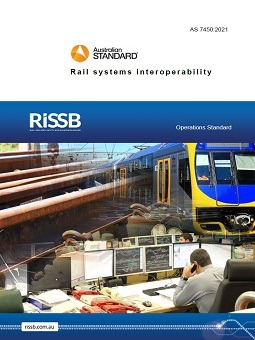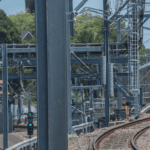Interoperability has the potential to provide many benefits to the Australian rail industry in terms of safety, harmonization, cost effectiveness and future proofing. The objective of this Standard is to provide interoperability principles that guide rail transport operators (RTO), including rolling stock operators (RSO) and rail infrastructure managers (RIM), and their third-party organizations towards improving interoperability within the Australian railway industry.
The intent of this Standard is to enhance the understanding of interoperability as well as to provide a methodology for considering interoperability when introducing new technology or implementing a change management process. Further, this Standard requires the consideration of improving interoperability at all opportunities where a change is proposed.
This Standard applies to all organizations who are involved in the design, supply and operation of new infrastructure, systems and rolling stock for the Australian railway industry.
Rail transport operators should implement where appropriate interoperability throughout the asset life cycle and implement this Standard where appropriate.
This Standard aims to improve the level of interoperability across the Australian Railway industry. This can be achieved by rail transport operators (RTO) working towards a level of interoperability commensurate with the financial and operational benefits as a result of interoperability.
This Standard provides a set of interoperability principles that the Australian Railway can use to achieve interoperability.
This Standard recognizes that in some circumstances it may be determined that interoperability cannot be practically achieved. To assist in this determination, this Standard provides a process for reviewing the interoperability of current and future systems, assets, or processes.
Interoperability is not equivalent to sameness. However this Standard provides recommendations for certain principles regarding the interoperability and compatibility of systems.




